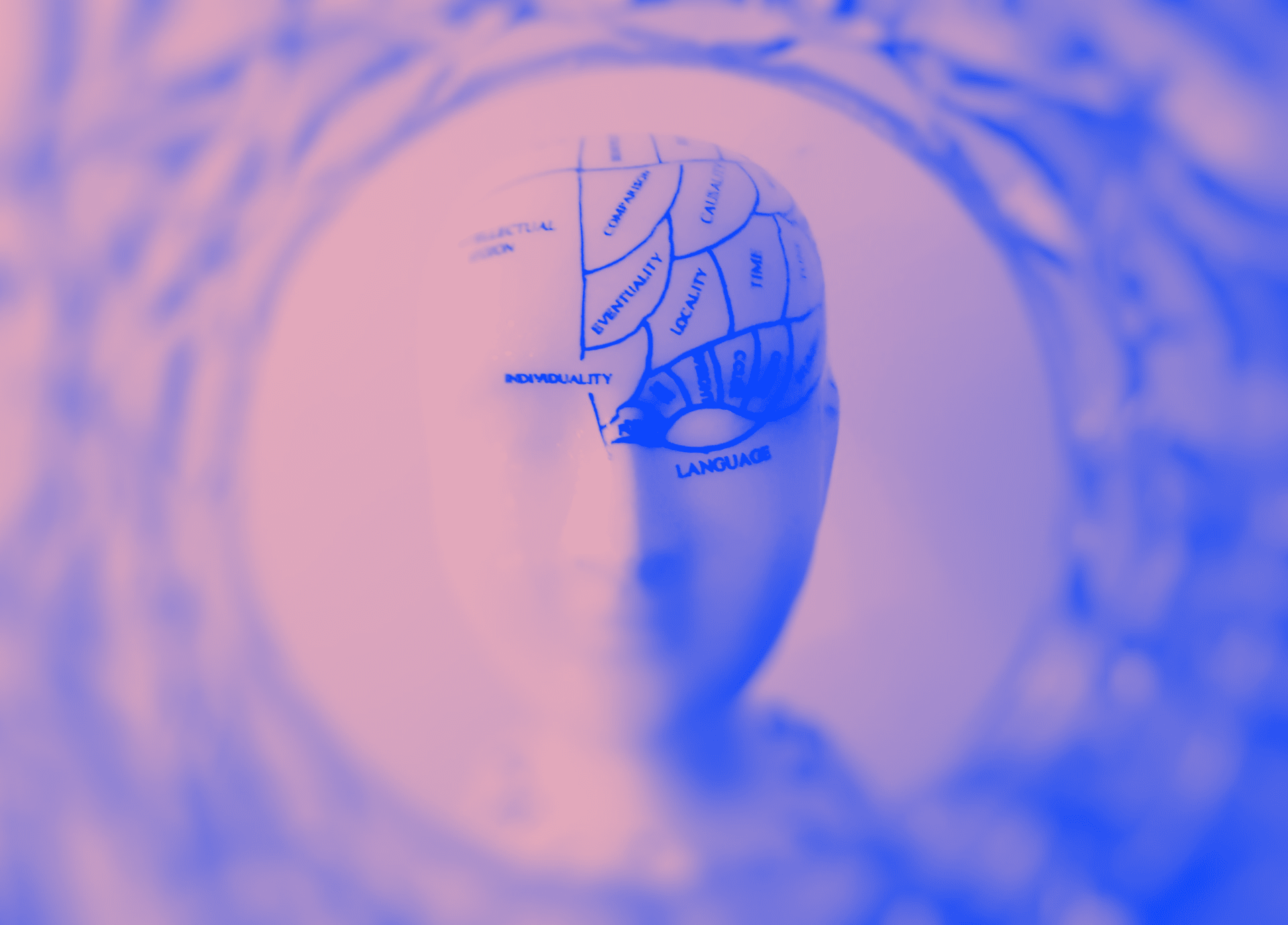Hypnotherapy, the brain and sleep?

I was recently asked by a client “What happens when I fall asleep to the self-hypnosis audio at night. I just don’t remember the ending?” The answer is a relatively simple one, hypnotherapy is less effective when asleep, when in deep sleep the subconscious mind is less receptive to any suggestions that are embedded into the hypnotherapy session as the brain activity is focused on rest, recuperation and healing, however if you read on you will see that the purpose of the initial self-hypnosis audio is primarily familiarisation, not change work.
Her question and my answer left me feeling that I wanted to give more than a simple explanation, as with all things in life, when we look a little deeper it is never really quite ‘that simple’. Hmmm … as Confucius said “Life is really simple but we insist on making it complicated~” … so hopefully this blog of mine won’t cause confusion or overwhelm and you won’t stop reading because I’ve gone into ‘too much detail’. It is just that I continue to be amazed by our brain’s capacity for healing, the power of the subconscious and the powerful life-long transformation that can be achieved through self-hypnosis and hypnotherapy. I hope you will enjoy reading about one of the most amazing, under-utilised resources that we have been granted, the subconscious mind.
What are the benefits of self-hypnosis audios?
Often when starting a course of hypnotherapy, your therapist may initially ask you to listen to a self-hypnosis audio. I personally ask clients to listen to a ‘relaxation and change audio’ when they go to bed at night. There are a number of benefits to this, it builds familiarisation; and it begins the therapeutic alliance, it also enables the client to become more relaxed, which will release positive endorphins from the brain.
What part does relaxation play in a hypnotherapy programme?
There are a variety of reasons why someone may be seeking hypnotherapy they may be experiencing stress, anxiety, depression, perhaps a sense of helplessness or lack of control. “From an evolutionary standpoint, the desire for a sense of control is a profound psychological need.” (psych.central.com), “Our deep subconscious mind thus gives us strong biochemical prods when we face some kind of danger (such as the fight-or-flight reaction).” Hypnosis enables a person to access their subconscious and it is the role of the hypnotherapist to help facilitate the appropriate level of trance to enable new learning, healing, change and growth.
Our reaction to the Fight or Flight response triggers stress activity in our nervous system, the sympathetic nervous system response rapidly releases stress chemicals into the bloodstream, including cortisol, adrenaline, and noradrenaline which speeds up your heart rate. “When the sympathetic nervous system is active, the opposite-functioning parasympathetic nervous system is inhibited.” (2)
So, in a nutshell, relaxation techniques can influence your brains chemistry, when you are relaxed your parasympathetic system takes over and prompts your brain to release endorphins which slows your heart rate down. “Deep relaxation and meditation allow the parasympathetic nervous system to become active by down-regulating the sympathetic nervous system. What happens is that once the fight or flight response is triggered the sympathetic nervous system shuts down, the inhibitory neurotransmitter GABA, the brain’s tranquilizer is no longer prevented from acting on the GABA receptors that are present everywhere in the nervous system.
GABA down-regulates the brain’s electricity. When GABA is active, brain waves in the slow theta range which is normally present during hypnosis (4 to 7 Hertz) increase. … theta waves are important for maintaining a good balance in brain chemicals. “
Given the change in the brain’s chemistry, the benefits of relaxation, meditation and hypnosis leave you feeling calmer, more relaxed and in control long after your session ends.
How does your brain function in and out of hypnosis?
The 5 Types of Brain Waves (written by Dr Jan Philamon (2)
There are five brain wave frequencies (Beta, Alpha, Theta, Delta, and Gamma) and each frequency is measured in cycles per second (Hz) and has its own set of characteristics representing a specific level of brain activity, and a unique state of consciousness.
- Beta (14-40Hz). This is the normal waking consciousness and reasoning wave. It is associated with a heightened state of alertness, logic, and critical reasoning, but can also translate into stress, anxiety, fear, and restlessness. “The voice of that “nagging inner critic” can get louder the higher you go into the Beta range. Today most adults operate at a Beta frequency, so it is no wonder stress is such a common health problem.” (3)
- Alpha (7.5-14 Hz). Alpha waves are present in deep physical and mental relaxation, and usually when the eyes are closed, during a daydream, or in light meditation. It is the optimal time to program the mind for success and it also heightens your imagination, visualisation memory, learning and concentration. It is the gateway to your subconscious mind, and the voice of your intuition, which becomes clearer and more profound the closer you get to 7.5Hz.
- Theta (4-7.5Hz). Theta waves are present during hypnosis, deep meditation, and light sleep, including the all-important REM dream state. It is the realm of your subconsciousness. When in the deepest level of hypnotic trance at this level you lose conscious recollection, when post-hypnotic amnesia occurs. Often when clients emerge from the hypnosis session, they have no recollection of what actually happened with parts of the session no longer accessible to conscious memory.
- Delta (0.5-4Hz). This is the deep sleep wave (occurs as third wave of sleep cycle 35 – 45 minutes after falling asleep). It is the slowest of the frequencies and is experienced in deep, dreamless sleep and in very deep transcendental meditation and hypnosis states, where awareness is fully detached. It is the realm of your unconscious mind, and the gateway to the universal mind and collective unconscious, where information is otherwise unavailable at the conscious level. This level (Delta) of deep sleep is important for the healing process as it is linked with deep healing, rest, and regeneration.
- Gamma waves (above 40Hz). The Insight Wave is the most recently discovered, and the fastest frequency at above 40 Hz. Little is known yet about this state of mind, however initial research shows Gamma brain waves are associated with bursts of insight and high–level information processing.
What if a client falls asleep during the introductory self-hypnosis audio they receive?
Given that eight hours sleep is the most common of sleep cycles, during this period our brain goes through five stages of sleep. The self-hypnosis audio I use initially lasts for up to 30 minutes, so the likelihood is that a client is in the first stage of sleep (Beta State), after the first two stages of light sleep your body then drifts into deep sleep (Delta 35 to 45 minutes after falling asleep). Therefore, in the first 15-30 minutes of the self-hypnosis audio it is likely that clients would be in the optimal Alpha/Theta brain wave state), feeling physically and mentally relaxed, still conscious of their surroundings and receptive to change, however if they’ve drifted into deep sleep the brain’s function is to heal and regenerate so less change work is achieved, but positive chemical changes are underway.
Where the hypnotherapy sessions are focused on a client’s individual change work, the intention in these sessions is for the client to reach a deep state of trance, not sleep, it is the hypnotherapist’s role to manage these sessions.
What are the Optimal Brain Wave States for Hypnosis?
Alpha brain waves are achieved in medium level of trance where the client is aware, but not distracted by outside noises, which should they occur are often utilised to deepen the level of trance. At this level you will be more suggestible to change.
Delta brain waves achieves the “very best hypno-therapeutic work can be done when the client is in a deep trance (a somnambulistic trance – Delta brain waves).” (2) At this level, the client can open their eyes without coming out of trance and accept the most complex suggestions for change.
The key to change is where we turn off the ‘critical faculty’ the reasoning part of our minds, the inner critic that thinking part of our mind, this is when and where suggestions are accepted as being true without any conscious critical analysis – lifting the drawbridge into the subconscious mind where all change is manifested. “The Critical Faculty acts as the firewall of the mind, either permitting or preventing us from acting in response to suggestion” (5) … I often tell clients your mind will reject any suggestions that are not for your higher good just like your body rejects a splinter.
We are all individual and clients will experience differing levels of trance, those who reach a light to medium trance will recall what is said during the session, in very deep trance, the subconscious hears and makes changes, however when out of trance the client may not recall what was said but the change process is underway. Again I often tell clients after the end of a session just to allow the natural process of sleep and dream to continue the change work, it’s not important for a client to consciously remember was said in a session.
Great thanks extended to those I have referenced below who have helped me in extending my knowledge and understanding in my field.
Sources:
(1) How Deep Relaxation Affects Brain Chemistry | Psychology Today
(2) Brain Waves and Hypnosis – Dr Jan Philamon Psychologist Brisbane | M1 Psychology
(3) Brainwave Levels – Beta, Alpha, Theta & Delta States | Dr Marco Paret
(4) Dr-Steven-Lin—the-five-stages-of-sleep-and-brain-wave-cycles.pdf (thewebconsole.com)
(5) Mike Mandel

